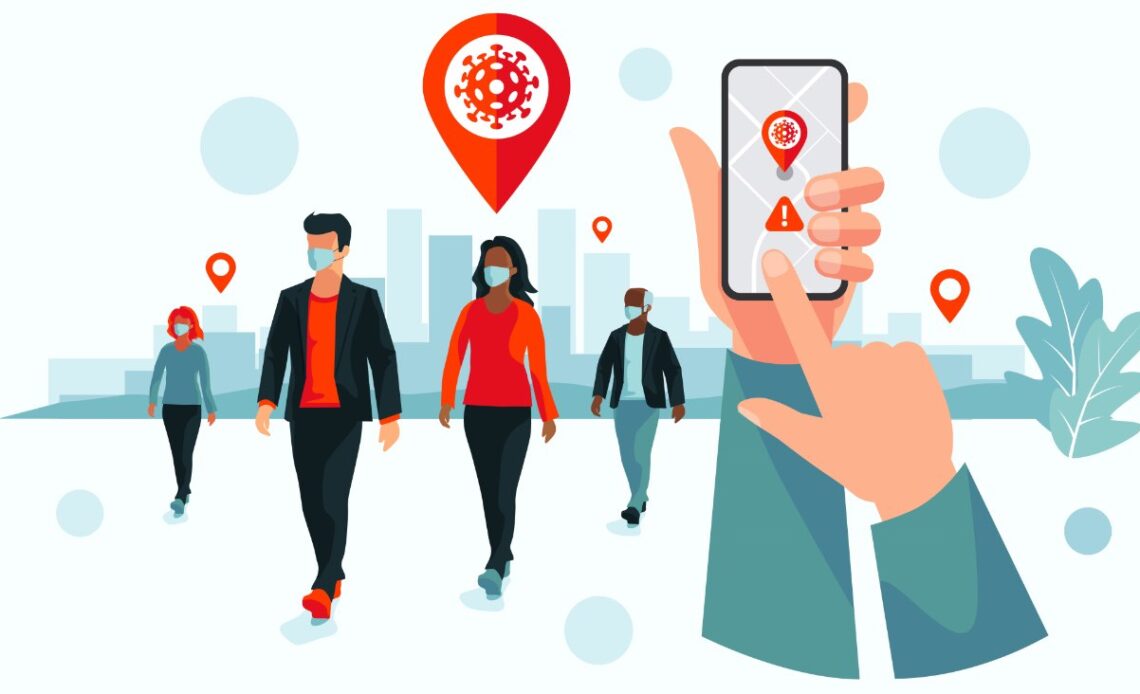
Above: Illustration by contact210/DepositPhotos.
Safety and security are essential elements that everyone must adopt in 2021. This is, of course, in addition to wearing masks, maintaining social distances and sanitising.
But you should be aware of the potential problems that arise when your personal information becomes more accessible.
Contact tracing during the Covid-19 pandemic is an essential process to identify persons who have been in contact with someone identified with the virus.
What is contact tracing?
Contact tracing is a process that captures and records personal identifiable information to distinguish one individual from another. It enables health authorities to inform you about an interaction with a positive Covid-19 person as well as helping them to locate you for quarantine procedures.
Although it is a beneficial system, you must understand the security and safety implications of this procedure.
Your data is captured in various ways. You enter details on forms. You give your ID (or driver’s permit) card to a company representative. You may have a mobile app enabled.
Should you be concerned about your personal information?
Your personal information is now in the public domain. Below is a list of data from your IDs that can be can be photographed and written down. In addition, you also provide your phone number and vehicle registration number.
• Full name
• Signature
• Photo
• Residential address
• Date of birth
• Place of birth
• Eye colour
• Skin colour
• Height
• Driver permit number
• Identification number
• National Insurance number
You must be continuously vigilant as this information is accessible by anyone. Opportunists can use these details to target, identify and locate individuals. They can create online accounts with your details. They can access your secure accounts over the phone if you use any of the details as passwords or as account verifications.
What details do you use to verify who you are?
Being aware is the first step. Understanding the implications of having your data accessible is the second step. The third step is to ensure that your data will not compromise your safety and security.
To limit my personal information, I will only indicate my first name, Jason!
About the author
Jason is an electrical & computer engineer and member of the IET. his career spans industries covering power, construction, automation and process at various levels from field engineer to design engineer to managerial positions. One of his many interests is in the understanding and use of key factors (business, engineering, labour, health & safety) in driving decisions to automate systems in small, medium and large-scale industries.
Currently this focus is on small and medium industries transitioning into Industry 4.0 and the industrial Internet of Things as a mechanism for developing and accelerating innovative systems.

